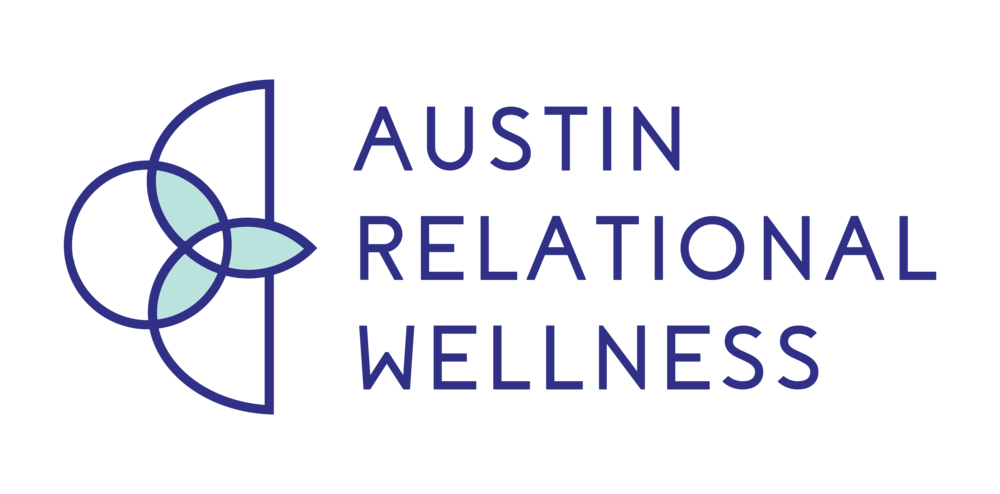In today’s fast-paced world, maintaining a healthy work/life balance is more challenging than ever. As a licensed couples therapist, I’ve worked with countless individuals and couples grappling with the stress of balancing professional demands with personal relationships. Fortunately, with mindful strategies and open communication, it’s possible to reclaim balance and thrive both at work and home.
1. Define Your Priorities Together
For couples, aligning on shared priorities is crucial. Sit down together and discuss what’s most important to you both—whether it’s spending more time as a family, pursuing personal hobbies, or advancing your careers. This clarity can help guide your decisions and set boundaries that align with your shared goals.
2. Set Realistic Expectations
Perfection isn’t the goal—balance is. Accept that some days, work may take precedence, while other days personal life will. Avoid comparing yourself to others and focus on creating a routine that works for your unique circumstances.
3. Create Non-Negotiable Time Blocks
Establish specific times dedicated to work, family, and self-care. Treat these blocks as sacred appointments that can’t be interrupted unless absolutely necessary. For example, commit to family dinners or an hour of uninterrupted quality time with your partner each evening.
4. Communicate Needs and Boundaries
Open and honest communication is the cornerstone of any healthy relationship. Let your partner know when you’re feeling overwhelmed and what you need from them for support. At work, advocate for realistic deadlines and set boundaries, such as not checking emails after a certain hour.
5. Share Responsibilities
For couples, dividing household responsibilities can alleviate stress and foster teamwork. Create a shared task list and delegate based on each other’s strengths and availability. Remember, balance is a team effort!
6. Unplug to Reconnect
Technology often blurs the line between work and personal life. Set aside device-free time to focus on each other, whether it’s during meals, date nights, or before bed. These moments can nurture emotional intimacy and provide a much-needed break from the digital world.
7. Practice Self-Care
Self-care isn’t selfish—it’s essential. Ensure that both you and your partner are carving out time for individual activities that rejuvenate you, whether it’s exercise, meditation, or pursuing a hobby. When you’re both taking care of yourselves, you’ll have more energy to give to each other.
Achieving work/life balance is an ongoing process that requires intention and effort. By prioritizing communication, setting boundaries, and supporting each other, you can create a life that feels fulfilling both professionally and personally.
If work/life imbalance is causing persistent conflict or stress in your relationship, seeking professional guidance through individual therapy or couples therapy can be incredibly beneficial. A couples therapist can provide tools and strategies to help you navigate these challenges and strengthen your partnership.
Article by Licensed Couples Therapist, Emily Ilseng, MA, LMFT
Offering Austin Couples Therapy, Marriage Counseling & Individual Therapy for Relationship Issues





















































